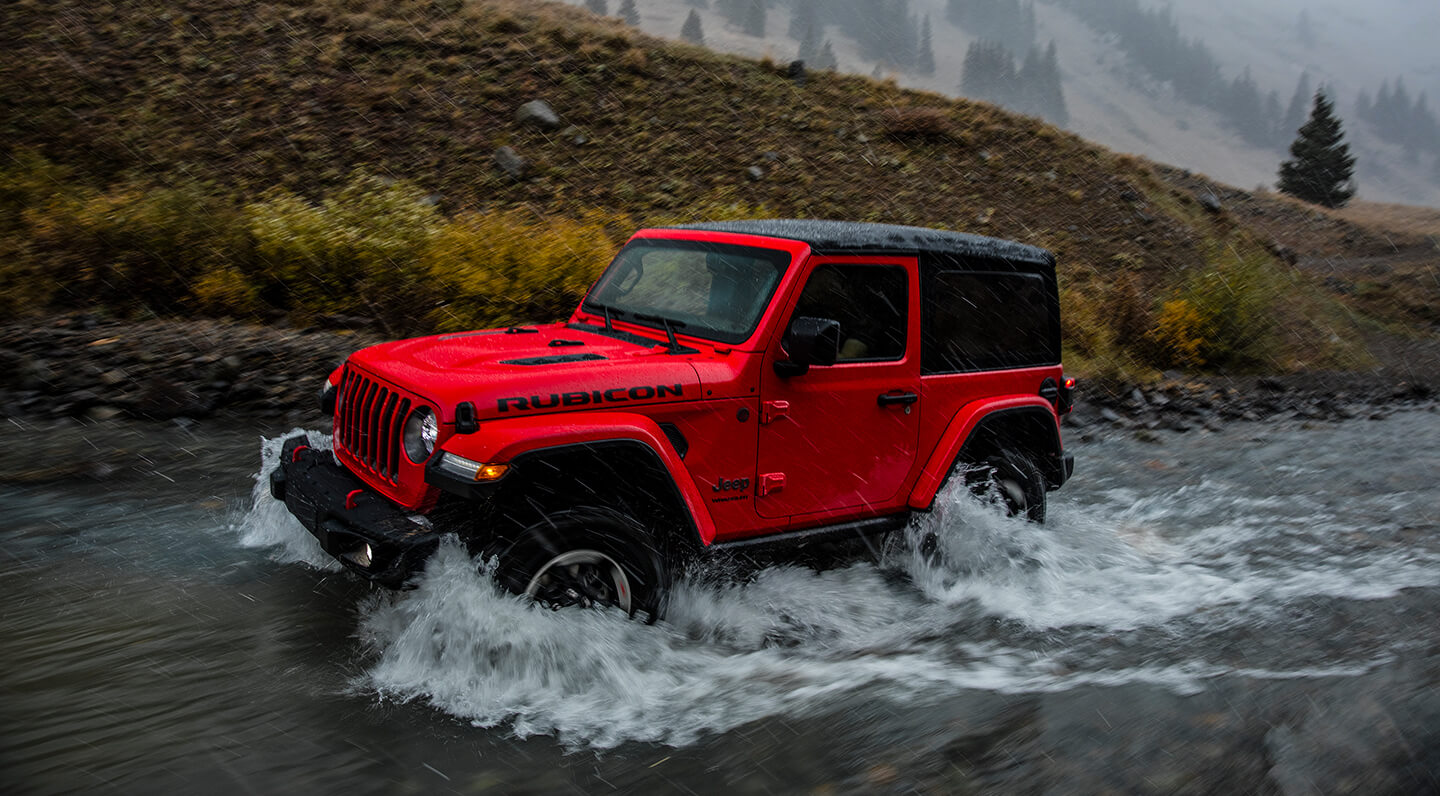
Four-wheeling is one of those great things in life that, once you’ve been bitten by the bug, you can’t get enough of. Exploring the great outdoors with your vehicle, being one with nature, and conquering obstacles that you never thought you would brings on a thrilling adrenalin rush. Plus, when you reach your destination or scenic stop-off point, you can relax with a chilled beverage.
As you delve deeper into the hobby, you’ll likely want to purchase gear and upgrade your ride. But before you set off down the rabbit hole, let’s get into what 4-wheeling is, where to start it, and what you’ll need before you go.
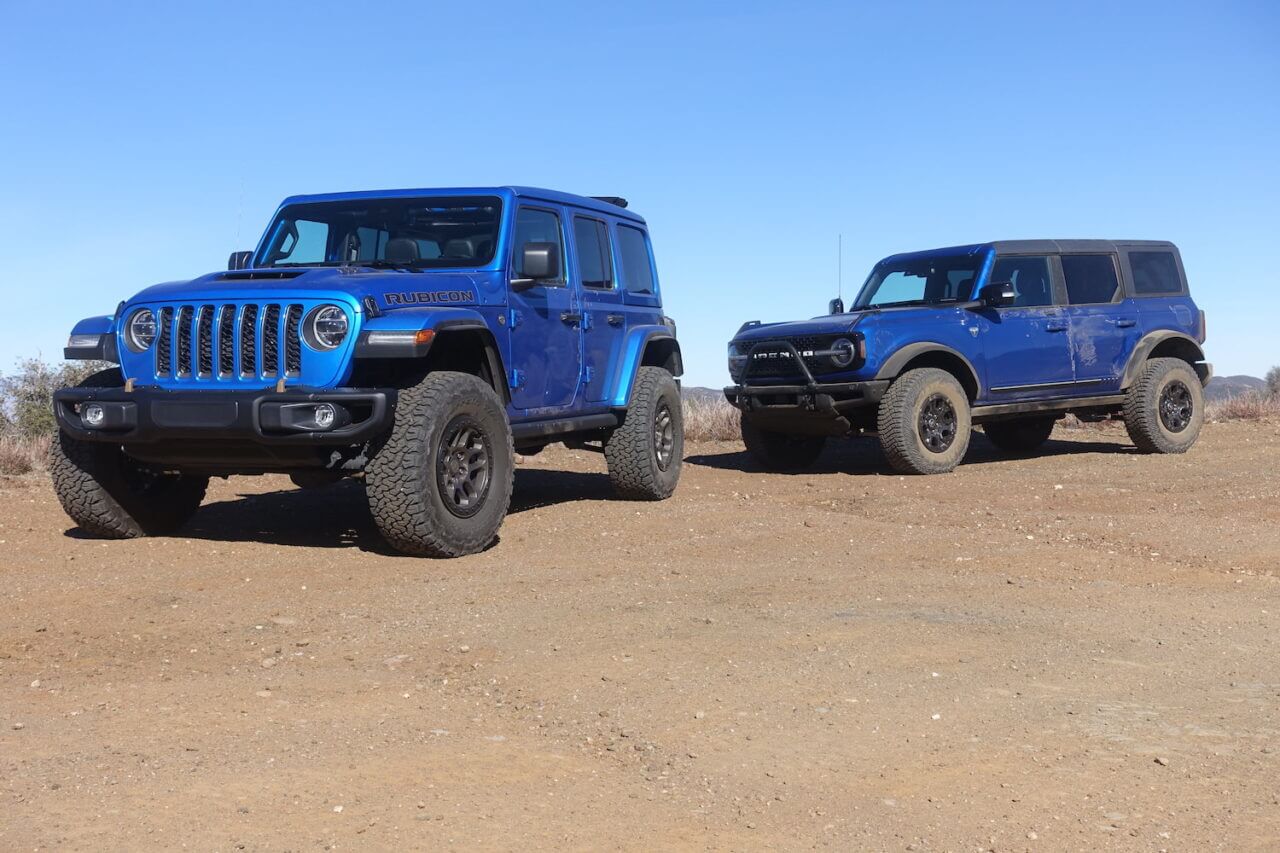
What Is 4 Wheeling?
4 wheeling is the act of taking your off-roader into the wilderness, using its capability and performance to power through the bush, desert, or rocky hills. It’s important to understand that you shouldn’t disturb nature’s flora and fauna, so don’t think that you can power through with impunity. Responsible off-roaders or 4-wheelers endeavor to make as minimal disruption to the environment as possible, carefully check for any wildlife before powering through with caution and always pick up their rubbish. The only things they leave behind are footprints and tire trails, and the only thing they shoot are photographs.
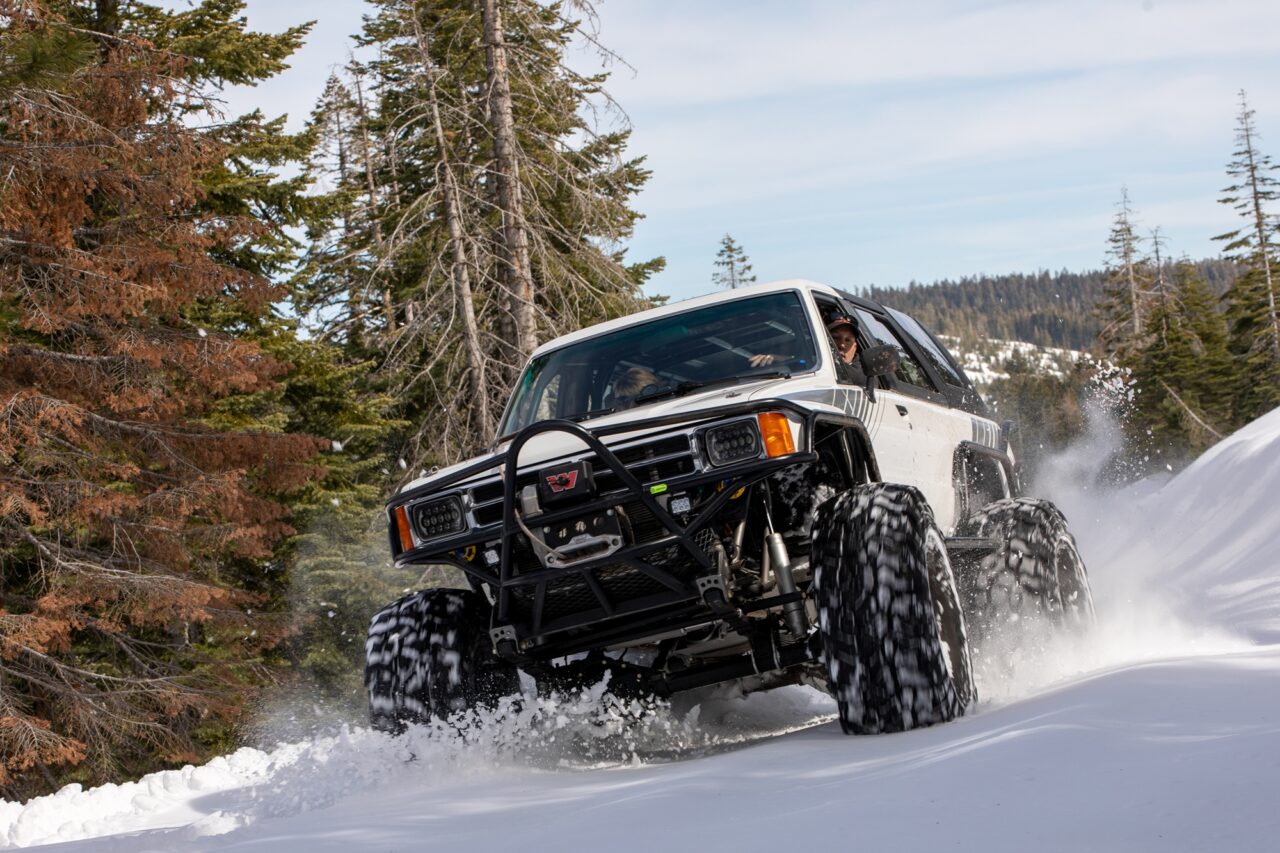
Where To Start 4×4 Wheeling
If you want to get a feel for how your vehicle will perform, the nearest national park or 4-wheeling trail is your best bet. Trails are rated based on how difficult they are, so it’s best to start with the easiest one. Don’t think that just because your vehicle has a plethora of locking differentials, off-road tires, and a low-range gearbox that it can handle anything. Four-wheeling is a combination of capability and skill, and even the best 4×4 in the world can get bogged down if driven poorly. So, spend some time getting to know your vehicle and start small. Talk to your local 4×4 club or off-roading group — most are friendly and ever-willing to help novices get their feet wet, literally and figuratively.
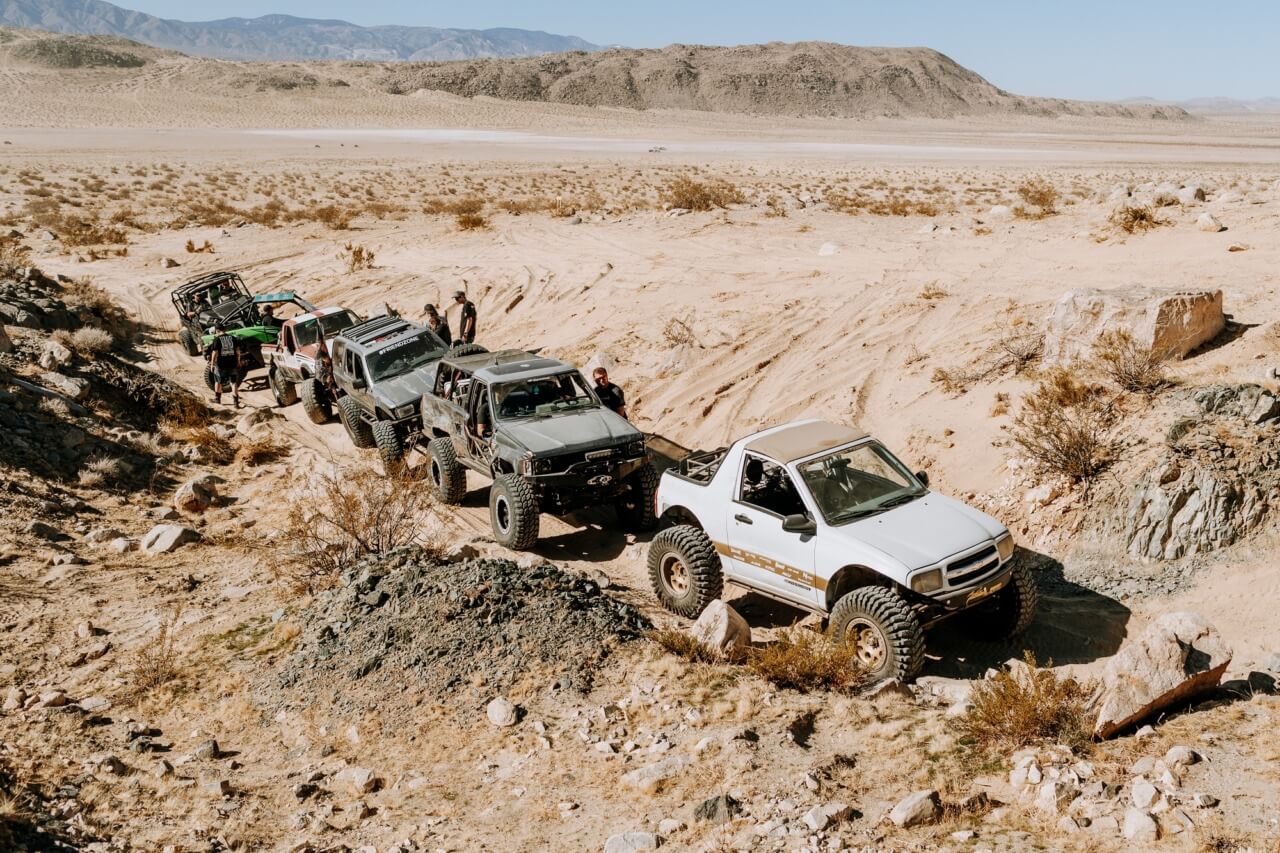
What You’ll Need Before You Go
What should you know before you go four-wheeling for the first time? There are plenty of things you should know, so let us pick ten important ones that you should be aware of before you embark on your first foray.
Check Your Vehicle’s Health: It goes without saying that you should ensure that your vehicle is in peak condition. Check your tire pressure and the state of your tires, brakes, suspension, engine, cooling system, lighting, and drivetrain. Remember that four-wheeling puts extra stress on these components, and you don’t want them to fail. Your vehicle’s critical systems should be in tip-top order.
Be aware of your vehicle’s capabilities: You should intrinsically know your vehicle’s capabilities. What kind of drive system does it have? Is it 4-wheel drive or all-wheel drive? Does it have locking differentials? Are the differentials mechanical or electronic, where braking of individual wheels mimics a differential? Does it have adequate protection on the undercarriage for the critical bits such as the suspension, sump, transmission, and differentials? You should ideally read your vehicle’s owner’s manual to get an idea of its capabilities, as well as read online reviews and anecdotes from other owners on forums. YouTube videos are also fantastic as a resource.
Know yourself and your limits: When you’re out and about in the trails, there’s going to be limited — if any — mobile signal, and if there’s an emergency, you should be prepared. Are you allergic to anything? Do you need insulin or blood pressure tablets? Carry all medication with you, as well as ample food and water, medicine, a first aid kit, and a change of clothing at the very least. Remember that if you’re heading into the mountains, it can get cold. Don’t forget a proper pair of gloves and sturdy shoes, a flashlight, and a power bank.
Don’t go alone: It goes without saying, don’t venture out into the wilderness alone. Even seasoned off-roaders travel in pairs, at least. Take someone with you, and ideally, you should go in a group with more than one vehicle. That way, if your vehicle gets stuck, there’s another one for assistance.
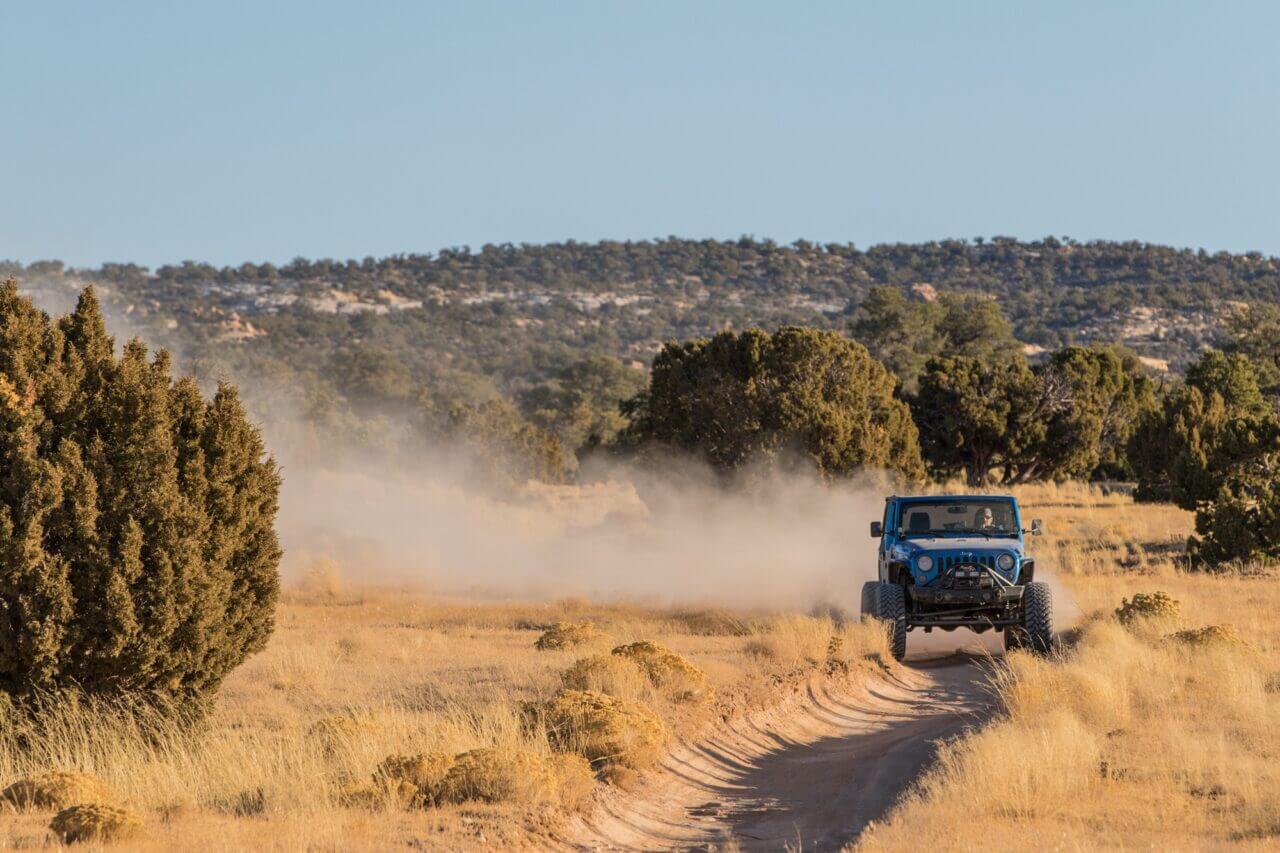
Plan your route beforehand: You should plan your route beforehand, know the surroundings that you will be encountering, possible dangers, hazardous plants, dangerous animals, and alternate routes in case one is blocked. Don’t assume you can just ‘wing it’. And always let someone know where you’re going!
Learn basic navigation skills: Your phone’s GPS will be about as useful as a paperweight if there’s no signal or clear line to satellites. So you should carry a backup paper map, and a compass. Learn how to read a compass and remember the basics, such as the sun rises in the east, sets in the west, and water flows downhill.
Know trail rules: There are rules for each trail, and these may vary, so learn the laws of the course beforehand. The golden rule is to stay on the trail and not venture off. Remember to always give a vehicle heading uphill right of way, and if someone needs help on the trail, don’t ignore them. You might be in their plight in the future. Generally, everyone on trails is friendly and helpful.
Communicate, communicate, communicate: Mobile phones can be useless, so this is where lower-tech methods such as walkie-talkies, CB radios, and even emergency beacons can help signal your position if you’re lost or in danger. If you’re lost in an open area, marking a massive ‘X’ on the ground can signal your position to an airborne search party. Of course, it goes without saying that you should inform your family or friends where you’re going and when you expect to be back so that they can alert the authorities if you’re not back in time.
Situational awareness: Don’t get excited and forget to be aware of your situation. Know where you are. Is the ground muddy or sandy? Does it look unstable? Don’t climb a rock unless you can plot a way back down. Don’t try to ford a stream unless you’re absolutely sure that it’s safe – remember that water is actually deeper than it appears due to refraction.
Relax…: Remember to relax or take frequent breaks. Fourwheeling can be tiring, especially when you have to get out of your vehicle and unstick yourself, fix a flat tire, or help someone else. That’s where carrying a cooler full of chilled drinks and a few trail chairs is wonderful.
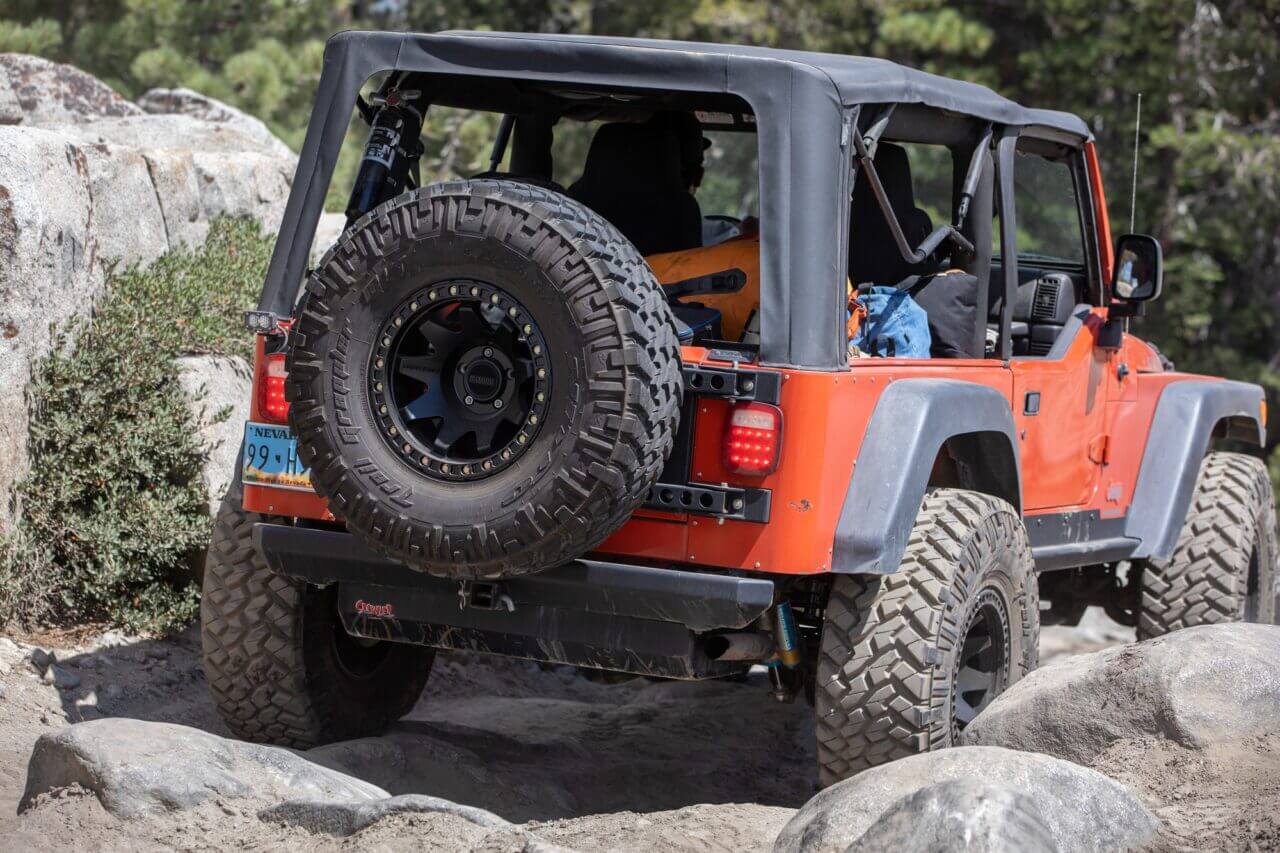
4 Wheel With Confidence When You Buy From 4 Wheel Parts
There are so many online and offline retailers out there, but few can match 4 Wheel Parts for providing the best value proposition. You can either surf with your fingertips at our comprehensive 4 Wheel Parts website, or pay a visit to one of over 90 stores nationwide. If it’s a physical visit that you prefer, friendly and knowledgeable staff will be glad to assist. If it’s the website that floats your boat, rest assured that with six distribution centers strategically located across the country, your parts will be at your doorstep in double time. We offer a price matching policy, comprehensive warranty on applicable products, and expert advice throughout your journey with us. And of course, we focus on giving you the best value for money.



2